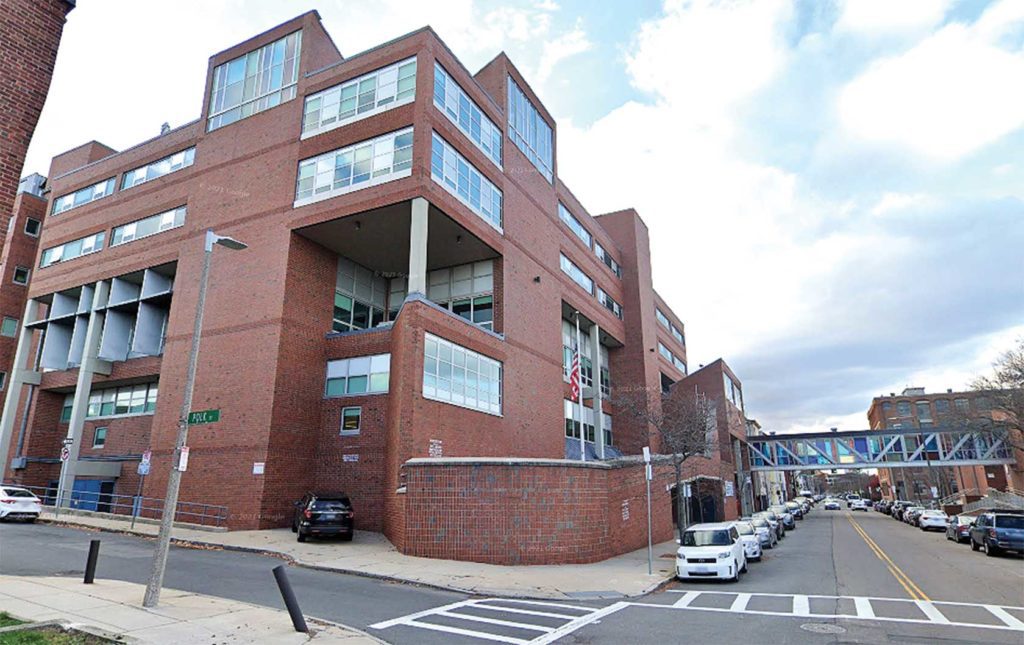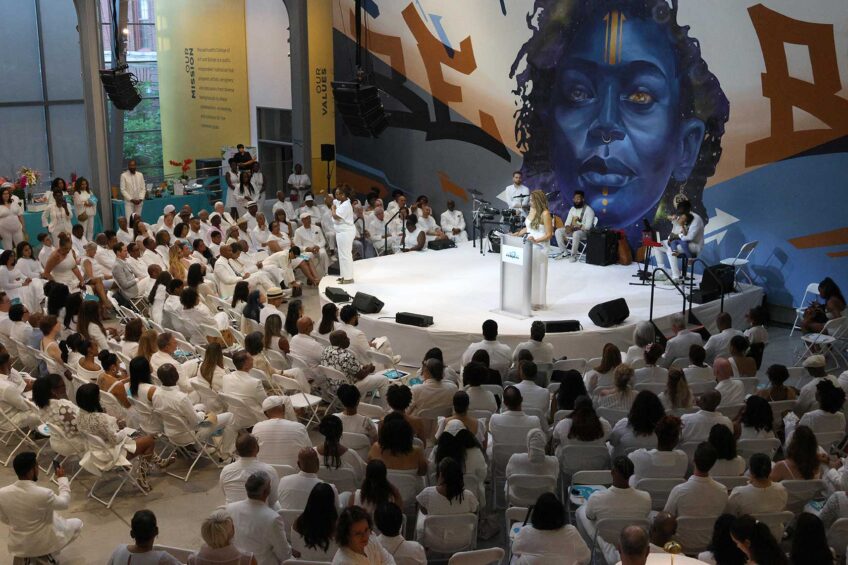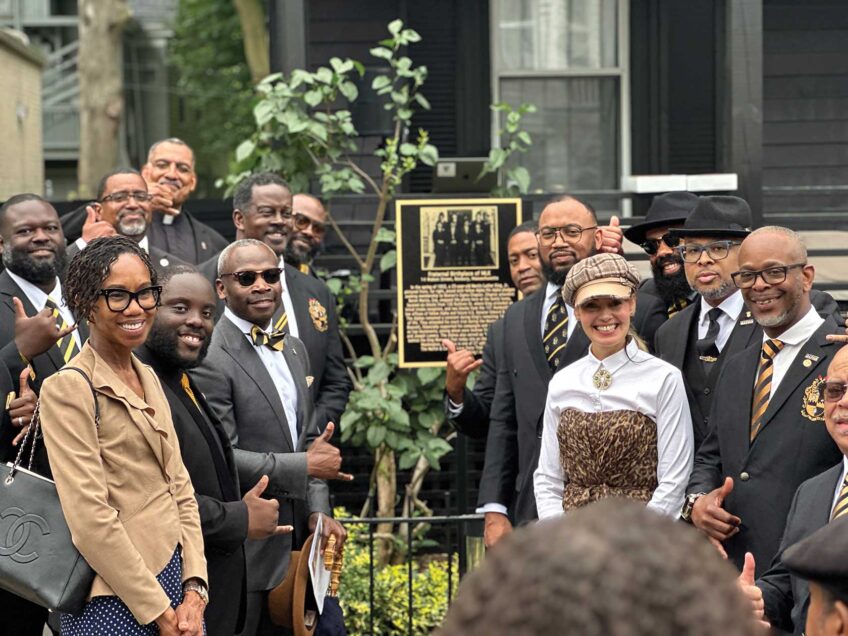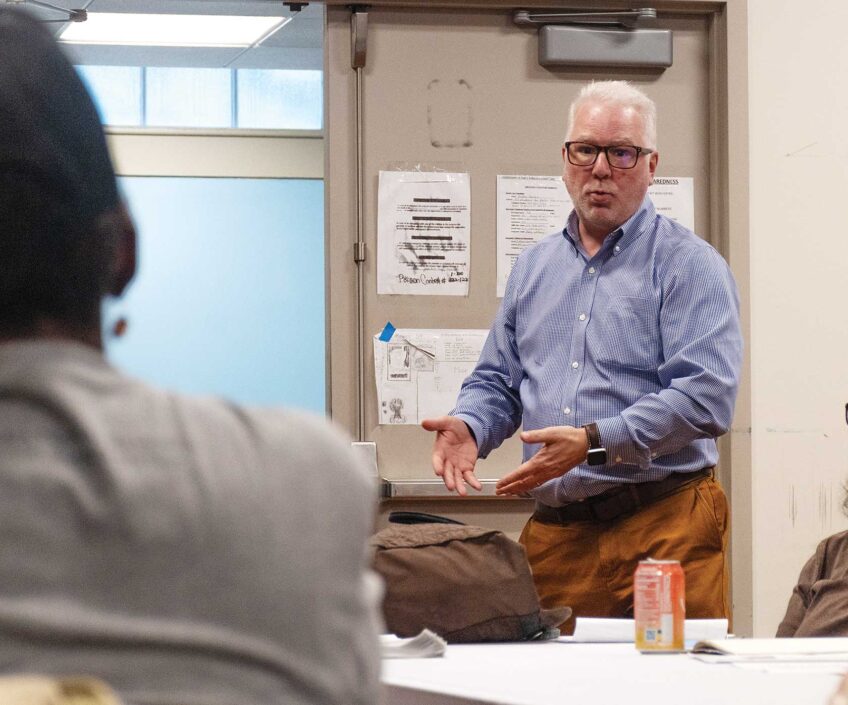Charlestown High innovation plan voted down
Proposal would have reopened school with a different mission

The proposal to close Charlestown High School and open an “innovation school” in the same building was turned down unanimously last week by a three-member screening committee.
The committee, set up according to the state “innovation school” law, consisted of School Committee Chair Jeri Robinson, Superintendent Brenda Cassellius, and Boston Teachers Union Vice-President Erik Berg.
Number one issue: equity
All the screening committee members said their chief concern was equity, and the proposed new school would leave out many students who now benefit from Charlestown High School programs.
Of the three, Robinson seemed the most impressed with the plan:
“As I read the perspective, my first comments were, ‘Wow!’ … If we were talking about an empty building in which to implement these things, I would say, ‘Wouldn’t that be a wonderful experiment! Yes, it has many flaws … but what a vision! And it’s with this kind of vision that we need to do all of our visioning for all of our high schools.”
Later, she added:
“My major concern with the proposal is the timing. A lot of things would need to be done to make most of what is here — and some of the issues that current Charlestown High School staff might also envision — a reality.”
Proposal supporters say Charlestown High is failing
During public comment, supporters of the proposal said Charlestown High is a failing school with declining enrollment, so something must be done.
Opponents said the proposal ignored many current Charlestown High students, including those in the Life Skills program, whose Individual Education Plans don’t include getting a high school diploma. The school also has students who are just beginning to learn English and are not ready for the full inclusion that the proposal calls for.
The prospectus says these students could continue in their programs until they graduate, but Berg and Cassellius said there are similar students now in elementary schools, including 100 in Charlestown elementary schools. These students would all have to go to other high schools if the Charlestown programs are phased out.
“The omission of specific groups of current and future Charlestown High School students, specifically those students who are most vulnerable and should be thought of first during a planning process, does not align with the district’s commitment to equity,” said Cassellius.
Boston Parent Schoolyard News asked the proposal authors last month about the Life Skills program and the program for Students with Limited or Interrupted Formal Education (SLIFE). That program is for immigrant students who were not consistently in school in the countries they came from. Ross Wilson, executive director of the Shah Family Foundation and one of the prospectus authors, replied by email, “Students from the life skills program and SLIFE program should remain at the school and those programs should continue at the school.” However, the prospectus does not mention continuing these programs after the current students graduate. The prospectus also sets a target of 25% students with disabilities, lower than the current 31.5% at Charlestown High.
Opponents of the plan also stressed that it was developed with no involvement of the Charlestown High School community. The prospectus authors have said they were told to meet with central office administrators before contacting the school community. But Cassellius insisted yesterday that “my team did not discourage any of the prospectus authors from meeting with the Charlestown High School community. Rather, we communicated in great detail what the community engagement strategy should look like, and offered suggestions and a recommended timeline.”
According to prospectus author Alicia Piedalue, the superintendent’s team said they would need to wait until next year or the year after.
Commenting during the hearing, Berg said that if the authors had really wanted to involve the school community, they could have.
“No one can forbid a group from communicating with existing Charlestown High School educators, families, and students,” he said. “It seems that few efforts to do so were made.”
More from Berg:
“This prospectus is breathtaking in its scope, its rush, its incompleteness and its hubris. Any plan for a school which does not involve current teachers, paraprofessionals, families and students is both fundamentally exclusionary and doomed to fail. …
“The vision in this prospectus is really for a different student body than the current Charlestown High School serves. As such, it’s hard to see how this would improve performance and achievement. It’s possible that by eliminating Life Skills, SLIFE, and Road to Success programs, there might be a rise in state performance standards, but replacement is not the same as improvement.”
Berg also criticized the proposal to make all staff reapply for their jobs: “Excessing all staff is a loss of a lot of experience and expertise …. There’s no reason to cast aside dedicated existing staff to build on the work that Charlestown High currently does.”
Public comment
Of 187 people who submitted comments in writing, 43 were in favor of the proposal, 130 were opposed, and 14 were neutral, according to Drew Echelson, Boston Public Schools deputy superintendent of academics.
Of the 11 people who spoke during public comment, six were in favor and five opposed.
None of the speakers who supported the plan were members of the current Charlestown High School community, but all had children who could go to Charlestown High when they are older.
Catherine Brady, whose sons are in ninth grade and labeled by the district as being in a sub-separate setting, said they are also able to attend inclusion classes.
“They don’t feel that they are in separate classrooms,” she testified.” One of my sons was in a sub-separate classroom during elementary and middle school and was really aware that he wasn’t part of the community. They don’t feel that at Charlestown. They are feeling energized and motivated about school.”
Karson Tager, parent whose children are not enrolled at Charlestown, cited the school’s rankings in his support for the innovation school plan.
“Charlestown High has had decades to prove their model, and, by no fault of the students, it has failed,” he said. “BPS has a few exemplary high schools. We all know who they are. But so many high school choices in the city rate as some of the worst. Look at the rankings in U.S. News and World Report.”
Cassellius: We’re moving to improve all schools
After the vote, Superintendent Cassellius pushed back against the claims that nothing is happening to improve high schools. She said she’s started major high school initiatives including adopting the “MassCore” set of graduation standards, adding Advanced Placement courses and International Baccalaureate programs, introducing a new, more consistent grading policy and adding social workers and bilingual family liaisons.
She said she would lay out more plans at next week’s School Committee meeting.
Near the end of the meeting, Robinson offered consolation to parents who supported the proposal.
“Some of the parents we heard tonight have very young children and live in Charlestown,” she said. “I would hope that as we look at the improvements, by the time their children are in high school, they will be part of a Charlestown High School that does meet all the criteria of this prospectus and then some — but will continue to take care of all of the students that now find Charlestown High School a home.”
This article was originally published in Boston Parent Schoolyard News.






